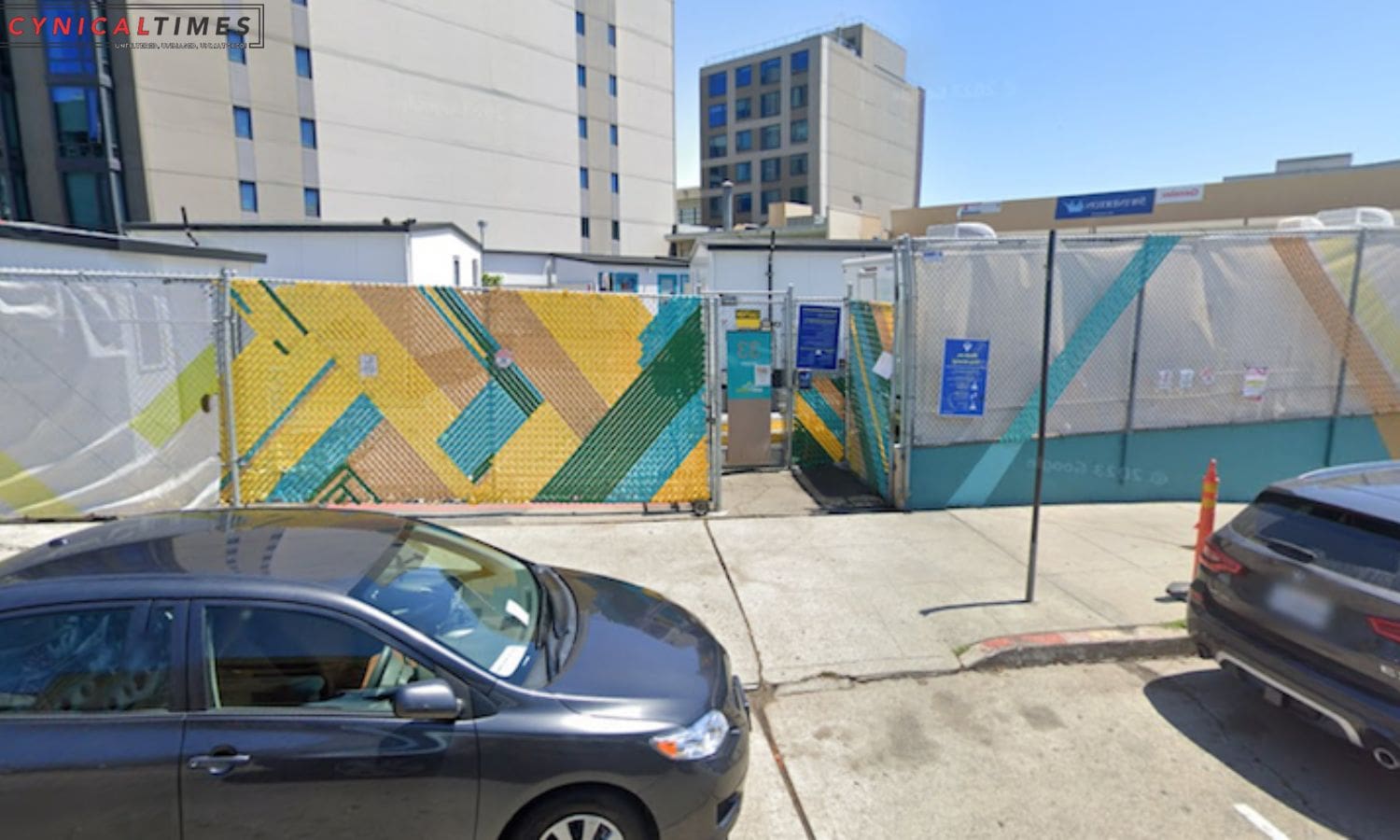San Jose Tiny Homes Gamble: As San Jose grapples with an ongoing homelessness crisis, Mayor Matt Mahan is placing his bets on a unique remedy tiny homes. In a recent statement, Mahan expressed confidence in San Jose’s approach to street homelessness, citing an 11% reduction in unsheltered homelessness through the expansion of the city’s village of tiny house shelters.
The tiny house project in San Jose began around four years ago, initially aimed at reducing contagion risks during the pandemic. Since its inception, the initiative has flourished, now encompassing nearly 500 units with plans for further expansion, despite facing challenges such as rising costs and construction delays.
Mahan champions the benefits of this innovative solution, stating, “We first launched this innovative solution in 2020, and now, with almost 500 safe, dignified units across six locations (and hundreds more in the pipeline!), we’ve seen an 11% reduction in the rate of unsheltered homelessness.” However, concerns about the financial sustainability of this model have been raised, with the city’s budget director highlighting a potential $60 million cost by 2030.


Also Read: Santa Clara County Tackles Mental Health: A Journey of Compassion and Challenge
While the mayor celebrates the reported decrease in local crime, fire incidents, and blight following the introduction of tiny homes, critics worry that these units may transition from temporary to permanent housing solutions. Amy King, CEO of Pallet Shelter, expressed concern over the possibility of cities viewing these temporary shelters as a more permanent fixture, a stance opposed by her company.
Beyond the discussion about shelters, recent data sheds light on Mayor Mahan’s overall progress in addressing homelessness and other city issues. While interim housing has proven successful, with 91% remaining housed after a year, and 93% with permanent options also staying housed, the city faces a concerning trend. For every household lifted off the streets, two more become homeless, indicating that underlying causes still demand attention and resolution. As San Jose navigates the complexities of its homelessness crisis, the effectiveness and long-term impact of the tiny homes initiative remain subjects of debate and scrutiny.
Our Reader’s Queries
Is San Jose approves new tiny home sites for homeless residents?
San Jose Mayor Matt Mahan and his supporters have received the green light from the Valley Transportation Authority to move forward with their proposal to build 200 small cabins for homeless individuals on a plot of land owned by the agency in the northern region of the city. These tiny homes will provide much-needed shelter for those who are currently without a place to call their own.
Which millionaire builds tiny homes for homeless people?
To address the issue of homelessness, LeBrun has invested $4 million in creating the ’12 Neighbours’ – a gated community that will provide 99 small homes in New Brunswick. Though not overly roomy, each property includes a kitchen, bed, and bathroom. This initiative aims to provide a safe and comfortable living space for those in need.
How much did the homeless tiny homes cost in California?
A $30 million initiative is set to provide affordable housing solutions for California’s homeless population. The project aims to create homes that can be assembled in just 90 minutes, with some units as small as 120 square feet (11 square meters). This innovative approach will significantly reduce the cost of building permanent housing, making it accessible to those in need. With over 171,000 homeless individuals in California, accounting for 30% of the nation’s homeless population, this project is a much-needed step towards addressing the housing crisis in the state.
Can I live in a tiny home on my property in California?
In most cases, building a tiny house requires a permit. However, it’s important to note that regulations may vary depending on the county or city you’re in. To ensure compliance, it’s best to carefully review building and zoning regulations before starting your project. If you’re planning to build a tiny house in California, you’ll need to obtain permission from your local planning department.

